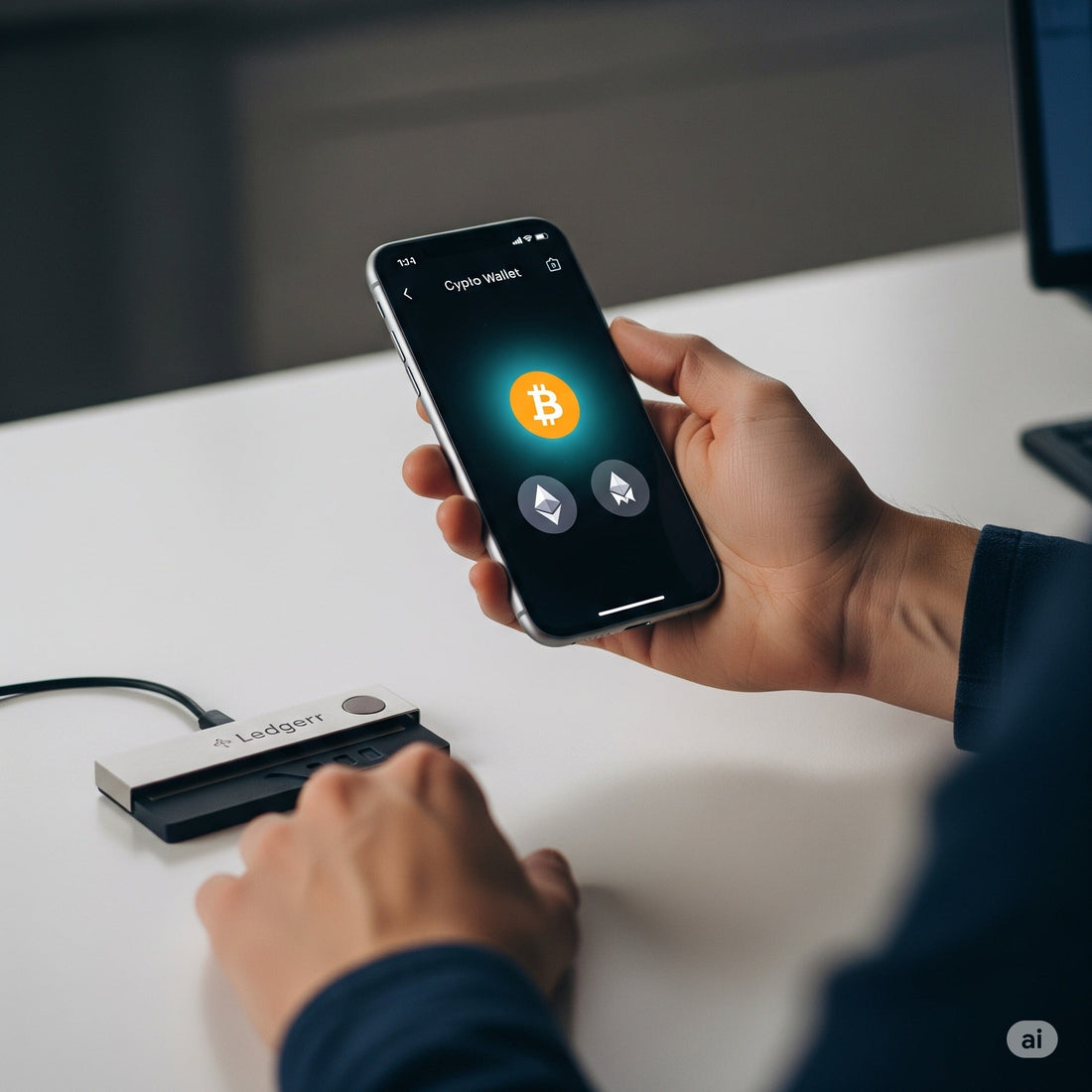
Why You Should Always Keep Crypto Ready for Everyday Use (Not Just on a Ledger)
Share
Why You Should Keep Some Crypto Ready for Everyday Use
For many people — especially those who started using Bitcoin and other cryptocurrencies as a “safe haven” — crypto feels like something to store away for a rainy day. It lives on a Ledger or hardware wallet, locked down and rarely touched. That’s a good practice for long-term security, but it’s not the whole picture.
Today, more and more services and products can be purchased directly with crypto — from gift cards via platforms like Bitrefill to everyday purchases, and even subscriptions and financial tools like LiveCharts. Yet many users make things harder than they need to by trying to spend directly from their Ledger or exchange, turning every payment into a stressful process.

Think of It Like Your Bank Accounts
Imagine if every time you wanted to buy groceries, you had to log into your retirement account, unlock codes, and move funds manually. It would be stressful, slow, and impractical.
That’s why traditional banking separates money into:
- Savings (protected, rarely touched)
- Spending (ready to use anytime)
Crypto should work the same way. Your Ledger or hardware wallet is your vault. But you should also keep a smaller, ready-to-use balance — even $500–$1,000 — in a hot wallet (on your phone or desktop), just like a debit card for everyday life.
Why a Hot Wallet Is Essential
- Lets you scan QR codes instantly for purchases or subscriptions.
- No need for the multiple confirmations and delays that hardware wallets or exchanges create.
- You can swap between coins (Bitcoin to Ethereum, or others) directly in wallets like Exodus without using a separate exchange.
- Enables fast online payments — from small services to global platforms.
Making Bitcoin More Practical
Bitcoin is no longer just a “store of value.” If we want mass adoption and simplicity, we have to treat it as a working currency, not just a digital gold bar to be unsealed once in a decade.
Having a hot wallet with a manageable amount means:
- You can pay for tools, memberships, and products without friction.
- You avoid unnecessary stress when platforms require QR-based payments or time-sensitive confirmations.
- You remain flexible — able to quickly swap to other tokens or stablecoins (like USDT) when needed.
Recommended Practice
1. Keep your core holdings safe on your Ledger — treat it as your savings account.
2. Move a small working balance (even $1,000) into a wallet like Exodus, BlueWallet, or Trust Wallet.
3. Use that hot wallet to pay, scan QR codes, and manage subscriptions.
4. Refill it periodically from your Ledger as needed — just like topping up your debit card.
By setting up this simple system, you’ll avoid delays, confusion, and frustration. Crypto can be both a secure store of value and a flexible tool for daily life — but only if you separate your long-term vault from your day-to-day wallet.


